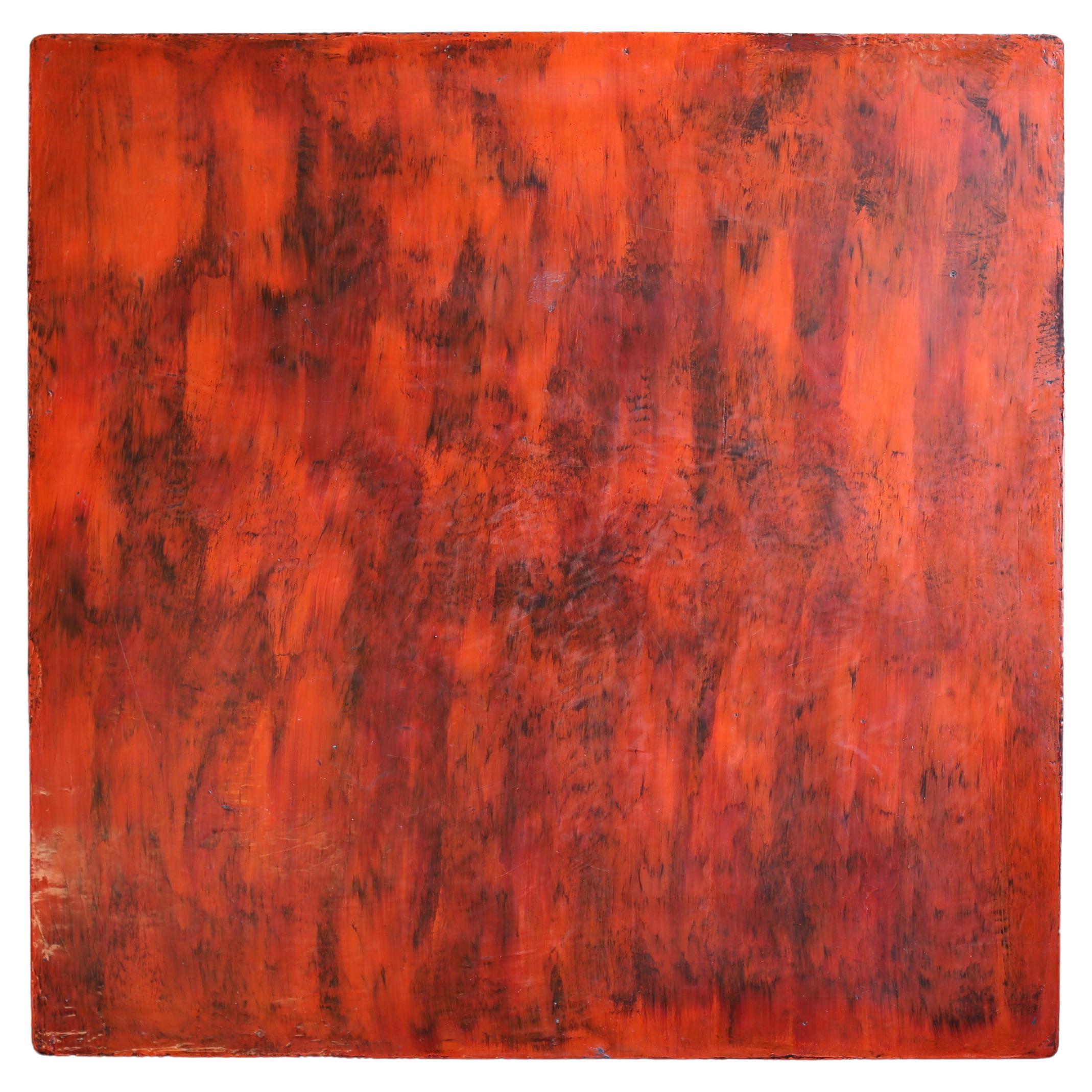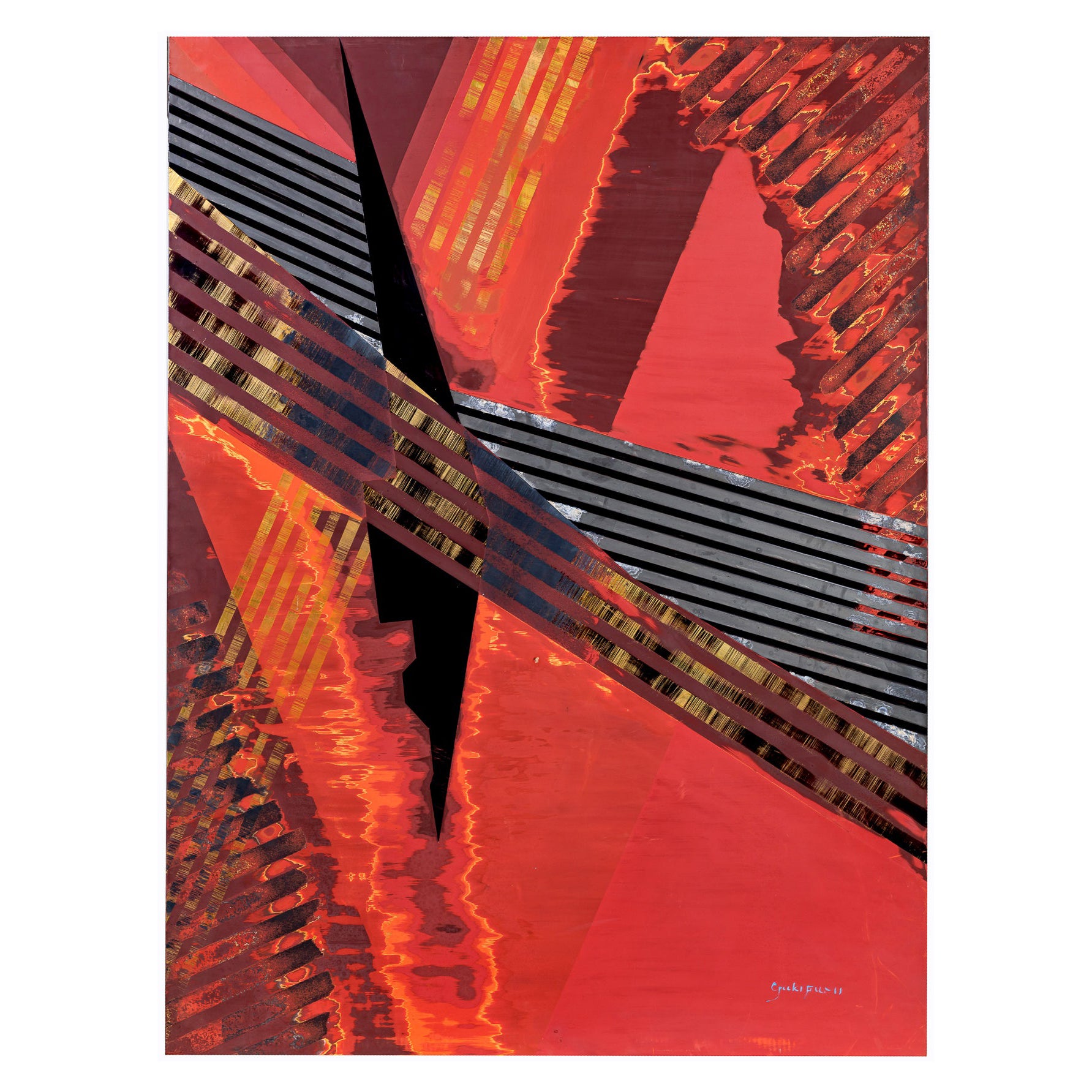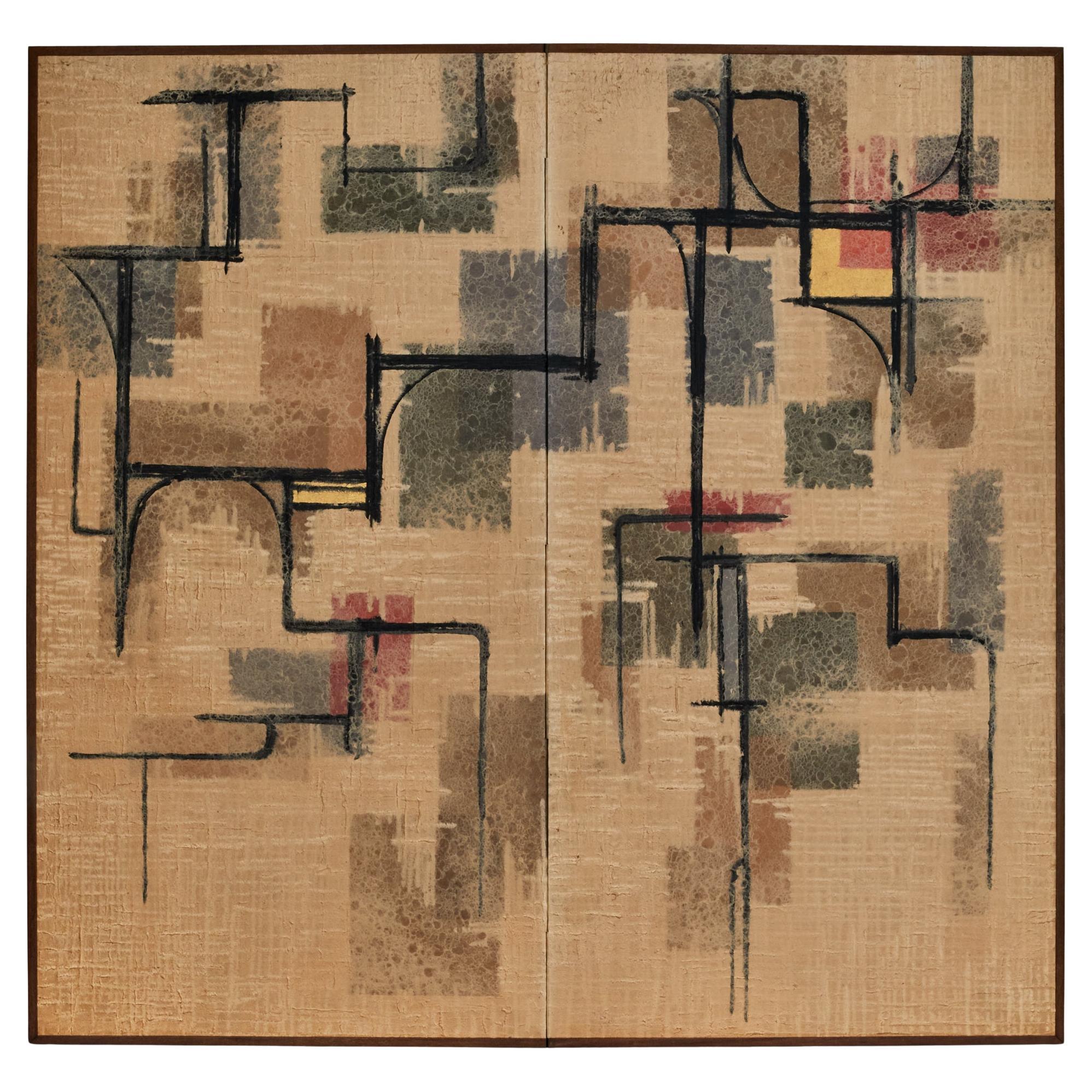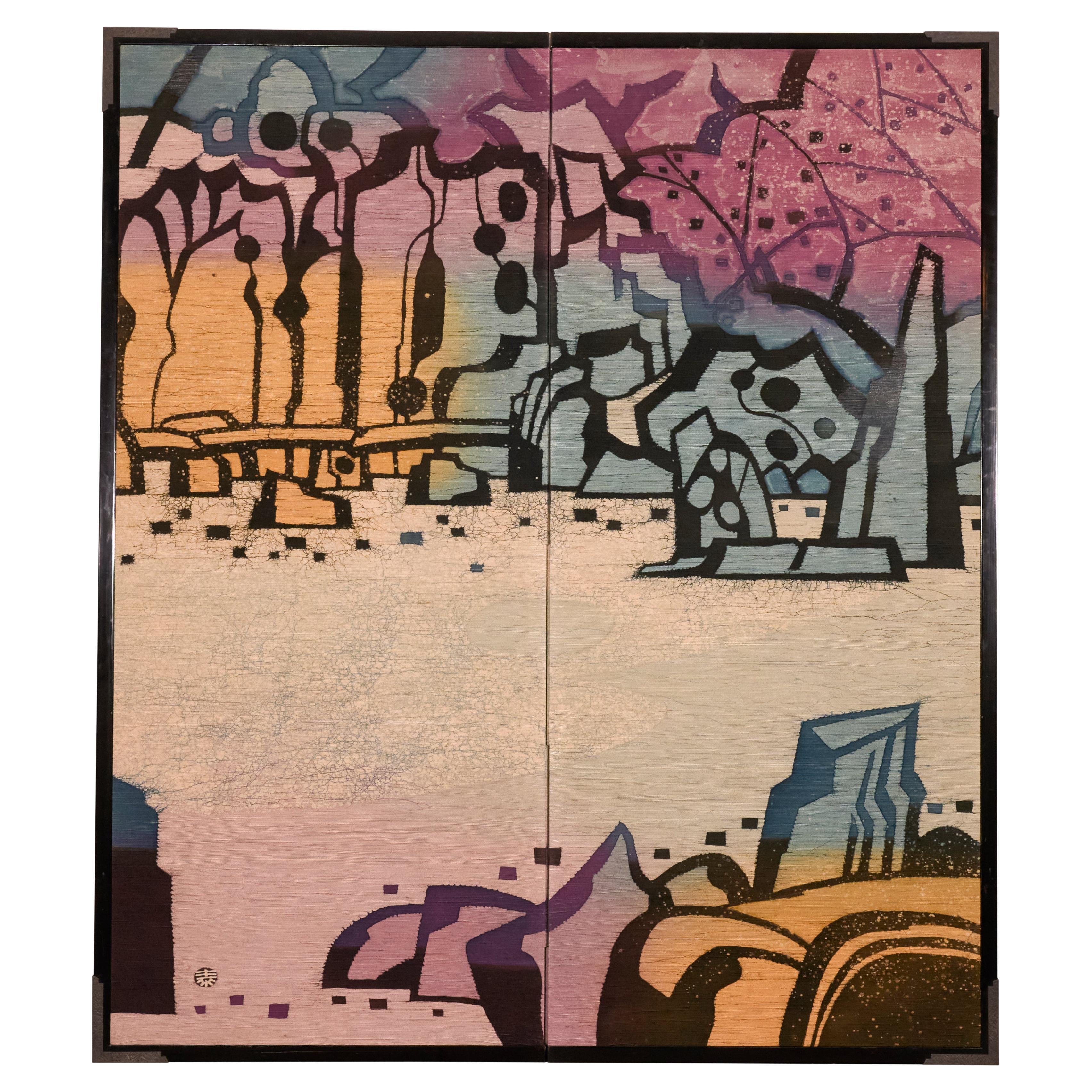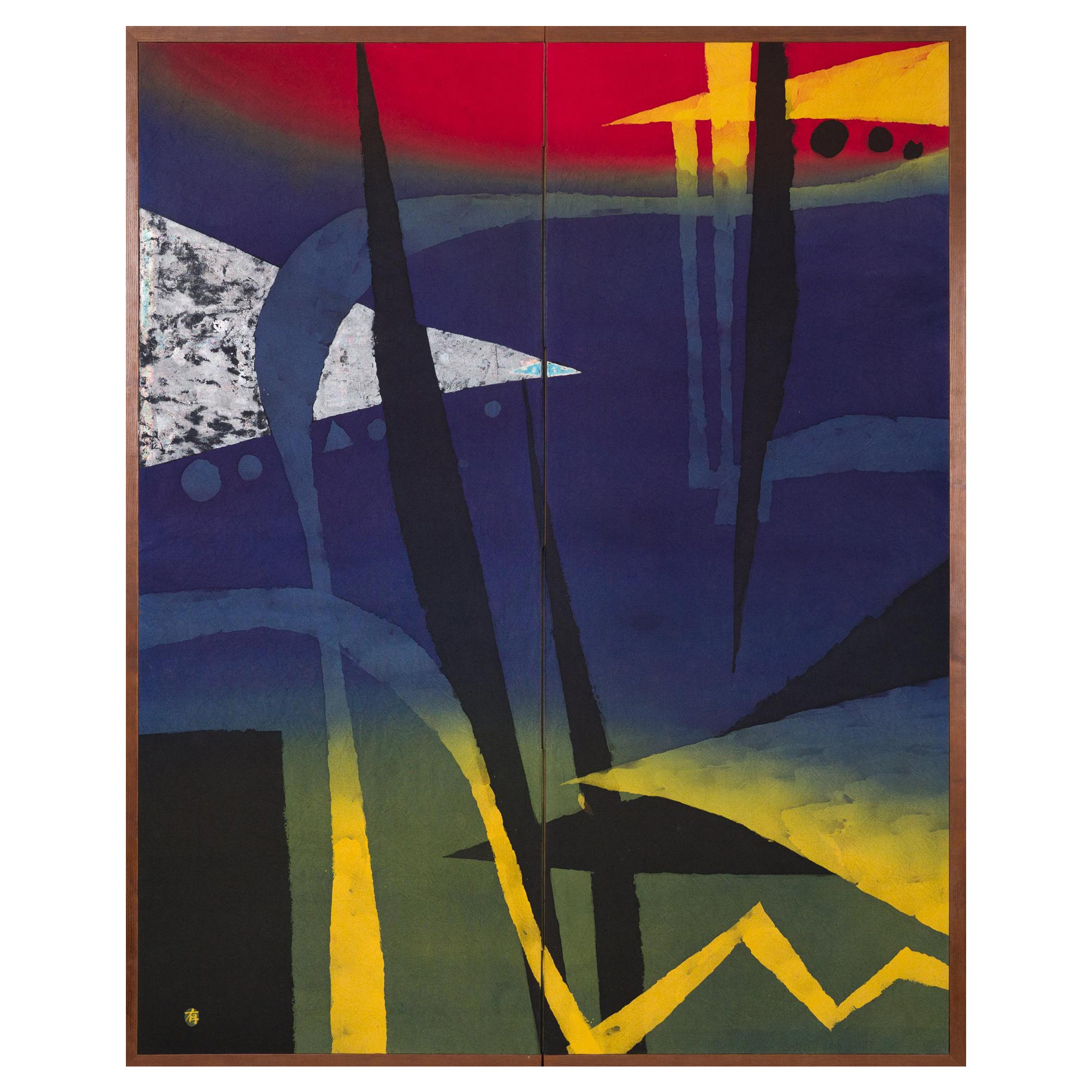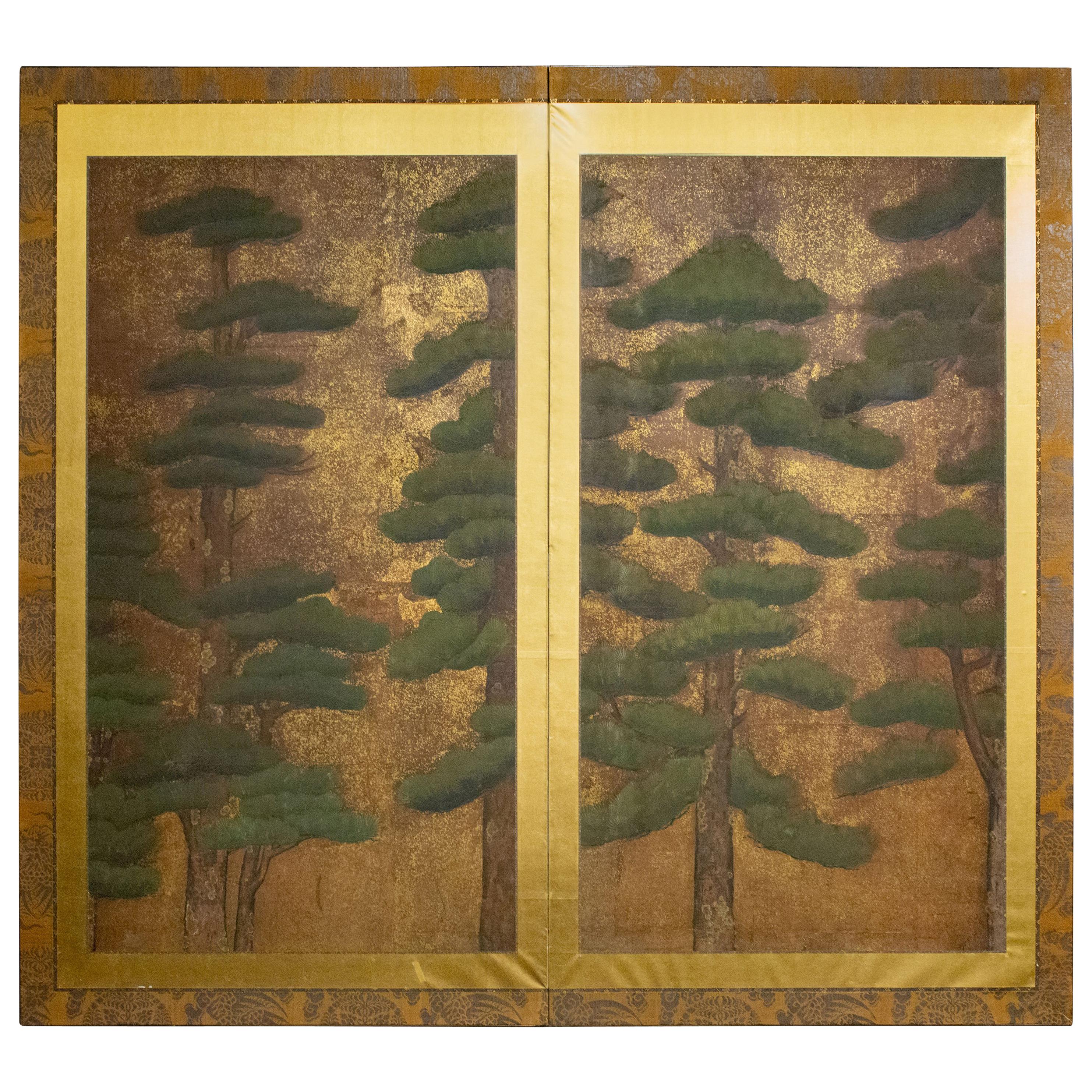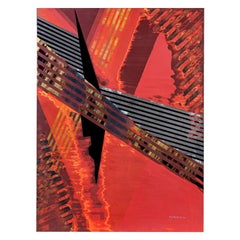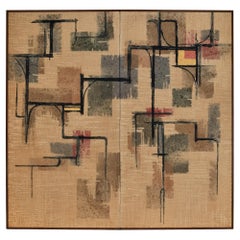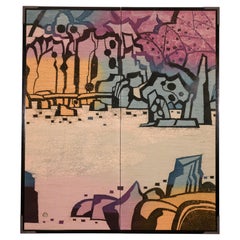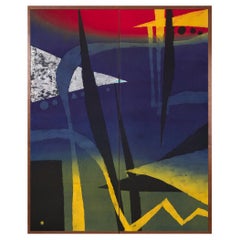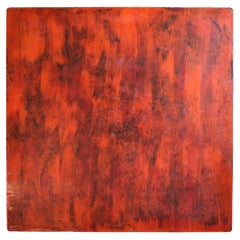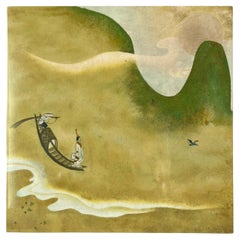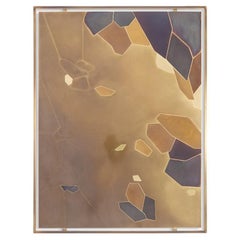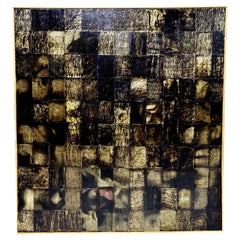Items Similar to Japanese Single Wood Panel: Lacquered Wild Grasses
Want more images or videos?
Request additional images or videos from the seller
1 of 12
Japanese Single Wood Panel: Lacquered Wild Grasses
$17,250
£12,958.68
€14,943.47
CA$23,936.63
A$26,598.87
CHF 13,938.09
MX$326,187.74
NOK 177,772.23
SEK 167,241.58
DKK 111,531.70
Shipping
Retrieving quote...The 1stDibs Promise:
Authenticity Guarantee,
Money-Back Guarantee,
24-Hour Cancellation
About the Item
Beautiful fine detail of a variety of wild grasses. Lacquer on wood panel with carved surface and metal rim. Exhibited at National Nitten Exhibition 1969.
- Dimensions:Height: 63.25 in (160.66 cm)Width: 43.75 in (111.13 cm)Depth: 1.38 in (3.51 cm)
- Materials and Techniques:
- Place of Origin:
- Period:
- Date of Manufacture:circa 1969
- Condition:Condition report upon request.
- Seller Location:Hudson, NY
- Reference Number:Seller: S18741stDibs: LU855130098472
About the Seller
5.0
Recognized Seller
These prestigious sellers are industry leaders and represent the highest echelon for item quality and design.
Established in 1971
1stDibs seller since 2008
166 sales on 1stDibs
Typical response time: 17 hours
Associations
The Art and Antique Dealers League of AmericaAntiques Associations Members
- ShippingRetrieving quote...Shipping from: Hudson, NY
- Return Policy
Authenticity Guarantee
In the unlikely event there’s an issue with an item’s authenticity, contact us within 1 year for a full refund. DetailsMoney-Back Guarantee
If your item is not as described, is damaged in transit, or does not arrive, contact us within 7 days for a full refund. Details24-Hour Cancellation
You have a 24-hour grace period in which to reconsider your purchase, with no questions asked.Vetted Professional Sellers
Our world-class sellers must adhere to strict standards for service and quality, maintaining the integrity of our listings.Price-Match Guarantee
If you find that a seller listed the same item for a lower price elsewhere, we’ll match it.Trusted Global Delivery
Our best-in-class carrier network provides specialized shipping options worldwide, including custom delivery.More From This Seller
View AllJapanese Single Wood Panel: Abstract Lines in Red and Gold Lacquer
Located in Hudson, NY
Lacquer and aluminum on wood. Exhibited at Northern Japan Art Exhibition. Signature reads: Yuki.
Category
20th Century Japanese Paintings and Screens
Materials
Aluminum
Japanese Two Panel Obara Screen: Mid Century Abstract
Located in Hudson, NY
Paper art screen (Obara) by Yamauchi Issei with abstract colored patterns consistent with work from the 1950's-60's.
Category
Mid-20th Century Japanese Paintings and Screens
Materials
Wood, Paper
Japanese Two Panel Screen: Textile Landscape
Located in Hudson, NY
"The Garden of Tenryu-ji Temple" Mineral pigments on fabric in a black lacquer trim with bronze mounts. signature and seal read: Minagawa Taizo. ...
Category
20th Century Japanese Paintings and Screens
Materials
Fabric, Lacquer
Japanese Two Panel Screen Geometric Design on Mounted Textile
Located in Hudson, NY
In strong primary colors. Makers seal reads: Yu.
Category
Mid-20th Century Japanese Paintings and Screens
Materials
Paint
Japanese 17th Century Two Panel Screen, Pine with Gold Dust
Located in Hudson, NY
Beautiful 17th century painting of pine trees. Painting in good condition on 19th century mounting. Mineral pigments and gold dust on mulberry paper w...
Category
Antique 17th Century Japanese Edo Paintings and Screens
Materials
Paper
Japanese Two Panel Screen Abstract Design
Located in Hudson, NY
Lacquer on wood. Signature reads: Toshimasa. Solid black lacquer on reverse. Signed original box.
Category
Mid-20th Century Japanese Paintings and Screens
Materials
Lacquer
You May Also Like
Japanese Antique Lacquered Board/“Negoro” /Like abstract painting
Located in Sammu-shi, Chiba
This is an old lacquered board made in Japan.
It is called a "Negoro" board.
Negoro is a type of Japanese lacquerware.
It is characterized by applying black lacquer to the wood base ...
Category
Early 20th Century Japanese Showa Decorative Art
Materials
Cypress
Contemporary Asian Lacquer on Panel Japanese Style Landscape
Located in Miami, FL
Subtil and refined construction for this Japanese Style laquer.
Full of peace and action as well
Measure: 15" X 15’’ with the frame.
Category
Vintage 1970s Japanese Japonisme Paintings
Materials
Abalone, Wood
Decorative panel entitled “Fragmentations – X”. Artisan work.
Located in Saint-Ouen, FR
Decorative panel entitled “Fragmentations – X” in inlaid and patinated brass. Glossy varnish finish.
Unique piece.
Dimensions: H 85 x W 65 cm
Reference: LS63782900A/2
Category
20th Century Paintings and Screens
Materials
Brass
Large Painting by Mi Son Kim 'Korean American'
Located in Dallas, TX
Wax, oil, paper and varnish on canvas. Dated 1994. Framed.
Category
20th Century North American Modern Contemporary Art
Materials
Canvas, Lacquer, Paint
$2,880 Sale Price
40% Off
Vintage kimono textile art "Fern ~Connection to Nature~" by ikasu Black , Japan
By Kimono ikasu
Located in Setagaya City, JP
This work uses an antique tomesode (festive kind of kimono) with fern design to evoke feelings of tranquility, harmony, and appreciation for the beauty of the environment. Can be used both vertically and horizontally.
It is elegantly framed with paulownia wood originally used for kimono chest-of-drawers, and is filled with storytelling and sense of luxury.
I used pieces of kimono that could no longer be used as clothing and kiritansu chest-of-drawers that would normally be discarded to create the ultimate upcycled piece.
<< Explanation of colors and patterns >>
In Japanese traditional culture, ferns, particularly the Japanese painted fern (Athyrium niponicum), hold several meanings and symbolisms:
・Elegance and Beauty: Ferns are admired for their graceful, delicate appearance and intricate leaf patterns. In Japanese aesthetics, they are appreciated for their natural beauty and are often used in gardens, landscapes, and floral arrangements to add a sense of refinement and elegance.
・Resilience and Perseverance: Ferns are known for their ability to thrive in diverse environments, including shady forests, rocky cliffs, and damp soil. Their resilience in the face of challenging conditions is seen as a symbol of endurance and perseverance. In Japanese culture, ferns may represent the ability to overcome adversity and flourish despite obstacles.
・Connection to Nature and Tranquility: Ferns are native to forested areas and are often associated with the natural world. In Japanese traditional culture, they symbolize a deep connection to nature and the importance of maintaining harmony with the environment. The lush green foliage of ferns evokes feelings of tranquility and peacefulness, making them popular motifs in Zen gardens and traditional landscape paintings.
・Purity and Simplicity: Ferns are emblematic of simplicity and purity in Japanese aesthetics. Their unassuming beauty and understated elegance reflect the principles of wabi-sabi, an aesthetic worldview that values imperfection, impermanence, and simplicity. Ferns may be used in tea ceremonies, Ikebana (flower arranging), and other traditional arts to evoke a sense of tranquility and appreciation for life's fleeting moments.
Overall, ferns in Japanese traditional culture symbolize elegance, resilience, connection to nature, purity, and simplicity. Their presence in art, literature, and landscape design underscores their enduring significance as symbols of natural beauty and spiritual resonance.
<< Characteristics of the fabric >>
This vintage textile is hand-painted with a traditional Japanese technique called "yuzen".
<< About the frame >>
Kiritansu - chest-of-drawers for kimono, is traditionally made from paulownia wood, a uniquely Japanese material closely tied to the world of kimonos.
Paulownia wood is known as the lightest wood in Japan, prased for its natural luster, resistance to moisture, and resilience against cracking. Since ancient times, it has been used in crafting furniture, chests, and musical instruments.
During the Edo period, it became customary to store cherished kimonos in paulownia chests...
Category
Vintage 1960s Japanese Japonisme Paintings and Screens
Materials
Silk, Wood
Metal Three Section Screen with Abstract Designs
Located in Brooklyn, NY
A stunning decorative screen divider adorned with abstract metal designs. Please confirm item location with seller (NY/NJ).
Category
Mid-20th Century Mid-Century Modern Paintings and Screens
Materials
Metal
$1,680 Sale Price
30% Off
More Ways To Browse
Lacquered Wood Panel
Vintage Metal Panels
Carved Wood Screen
Japanese Lacquer Panels
Wood Carved Asian Screen
Japanese Lacquer Panel Screen
Japanese Carved Panel
Japanese Wood Carved Panels
Japanese Carved Screen
Single Panel Japanese Screen
Traditional Japanese Painting
Vintage Asian Painting
Mid Century Chinese Screen
Chinese Carved Screen
Japanese Crane
Japanese Silk Panel
Asian Cranes
Japanese Meiji Panel
